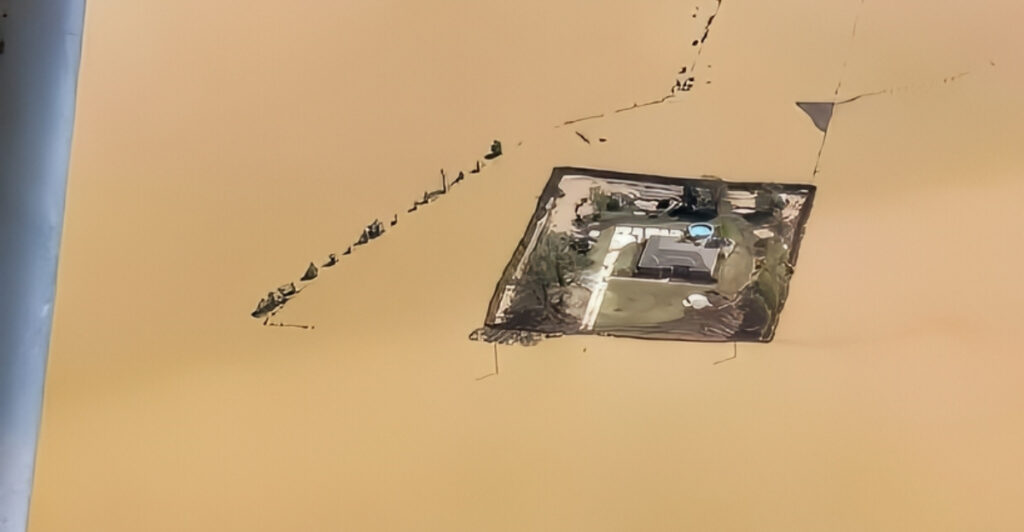
In the face of historic flooding across the southern U.S., one Tennessee family’s homemade levee stole the spotlight—and sparked a national conversation. While government systems spent hundreds of millions and still failed to fully protect communities, two brothers with an excavator kept their property bone-dry. Their success story challenges assumptions about infrastructure, preparedness, and who really knows best when the waters rise.
When $260 Million Wasn’t Enough, But Two Brothers Were
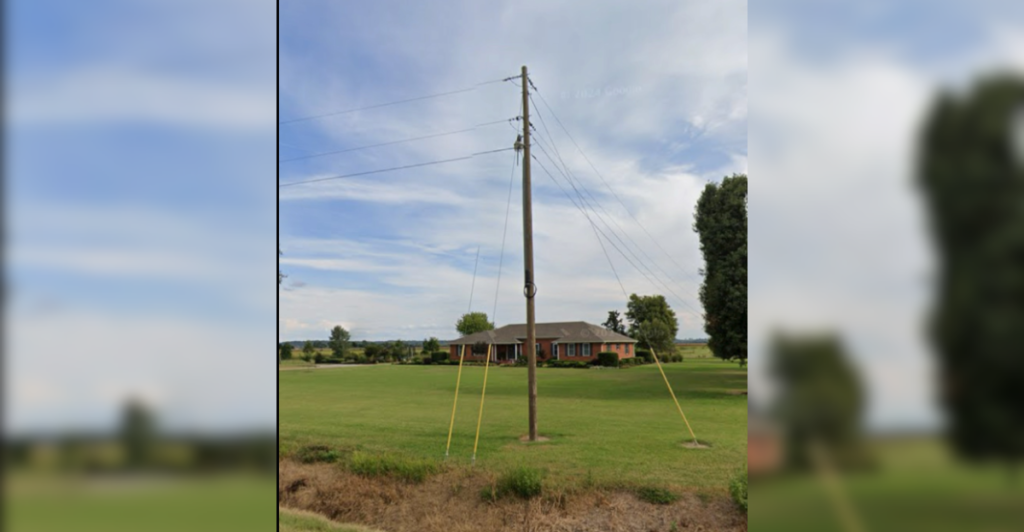
The Tennessee Valley Authority (TVA) spends $260 million a year to manage flood risks across multiple states. Yet in April 2025, two farmers in Bogota, Tennessee, protected their home with a levee they built themselves. Their success, amid a deadly flood, highlights the potential—and limitations—of large-scale systems compared to local action rooted in knowledge and grit.
Farmers Who Outwitted the Flood
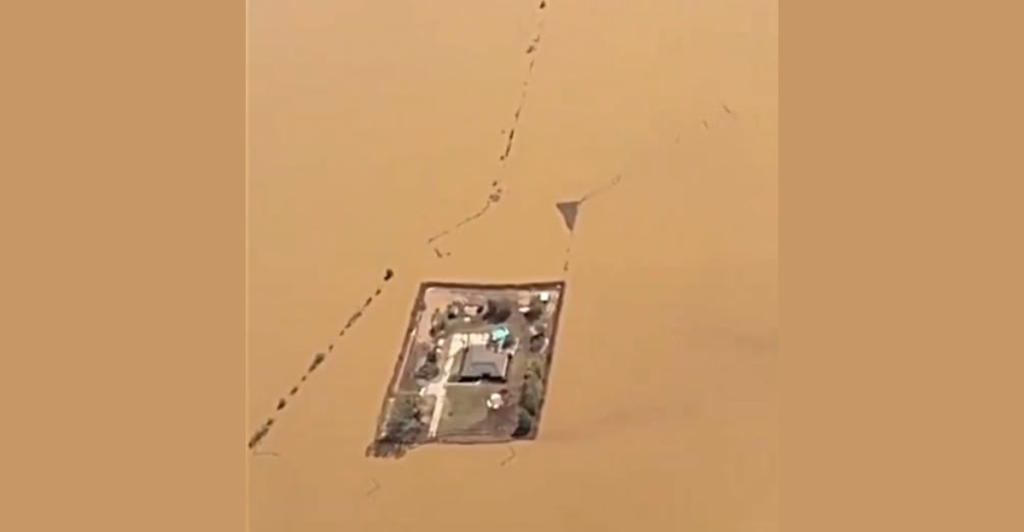
Tucker and Justin Humphrey didn’t wait for help. With a looming flood forecast, the brothers built an earthen levee using their own excavator. Nine feet high in some spots, their barrier held strong. Relying on years of farming experience, they knew how their land drained and where water pooled—allowing them to design a levee that worked when it mattered most.
“He’d Know We Were Listening When We Were Kids”

The brothers credit their late father for the techniques they used. Raised on generational land, they had learned the importance of protecting property the hard way. Building levees was a familiar drill. “Just typical things around here,” Tucker said. Their father never saw this viral moment—but his legacy built the wall that held back a river.
A $260 Million Infrastructure Marvel
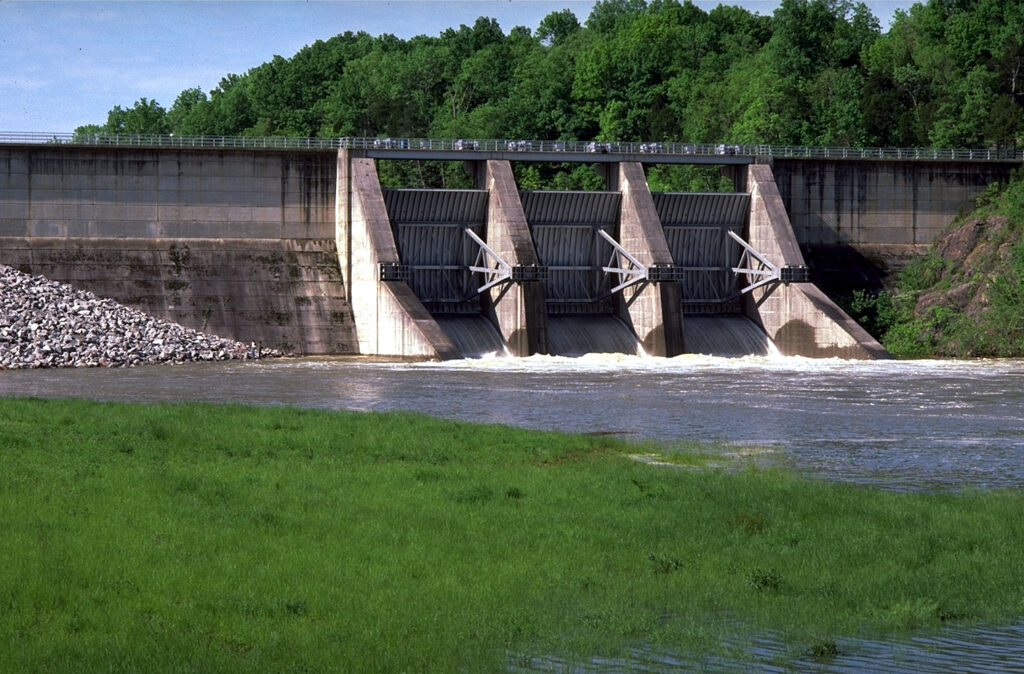
TVA’s system spans dams, reservoirs, and monitoring stations across several river basins. Dams like Tellico, which cost over $500 million in today’s dollars, aim to reduce widespread flood damage. Staff monitor rainfall, stream flow, and adjust dam releases in real time. It’s an impressive network—but even that scale wasn’t enough to prevent major flooding in April 2025.
Excavators vs. Engineering Departments

The TVA relies on satellites, sensors, and engineers. The Humphreys relied on intuition, earth, and muscle. Their excavator-made levee protected one home—yet did so flawlessly. Meanwhile, TVA’s vast system struggled to safeguard hundreds. The contrast isn’t just in tools but in philosophy: precision tailored to one site versus broad strategies that can’t reach every property.
Nine Feet in Nine Hours: The Flood That Tested All

In just nine hours, the Obion River surged nearly nine feet, submerging neighborhoods and prompting hundreds of rescues. By April 8th, the water crested five feet below record highs. Memphis recorded 14 inches of rain in four days. As floodwaters devoured homes around them, the Humphreys’ house stood dry—proof that their levee held up under extreme pressure.
An Island of Dry Land in a Sea of Brown

Drone footage of the Humphreys’ property—a green lawn and white house ringed by muddy floodwater—went viral. It captured the imagination of millions. “That’s how you do it,” one user commented. The scene was more than dramatic; it symbolized old-school ingenuity succeeding where modern systems stumbled, igniting conversations on self-reliance and resilience.
Cost-Benefit Analysis of Homegrown Solutions
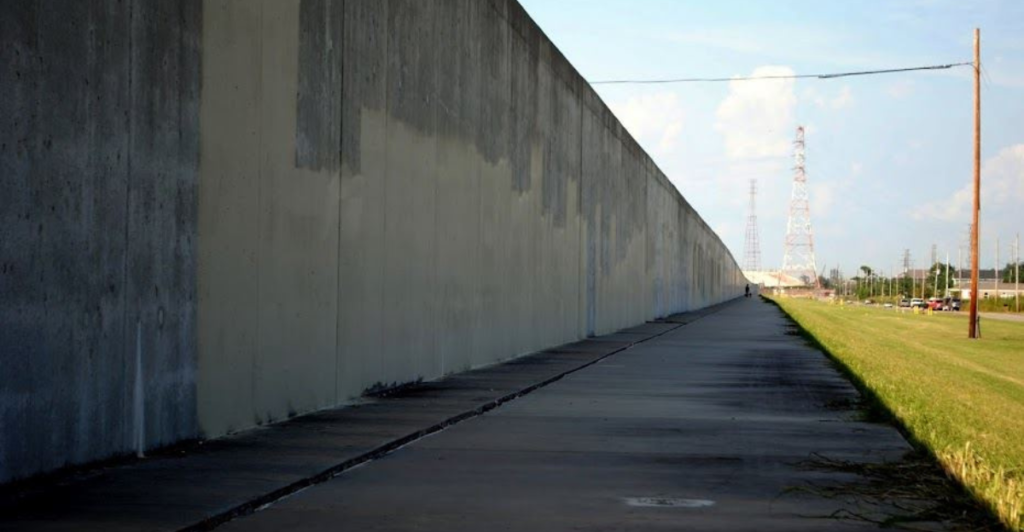
Building the levee cost the Humphreys little more than time and effort. They already owned the equipment. Compared to federal floodwalls or inflatable barriers—costing tens to hundreds of thousands—earthen levees are cheap and effective. While TVA projects protect broad regions, localized solutions like the Humphreys’ may offer superior protection on a property-by-property basis.
Simple Physics, Profound Results
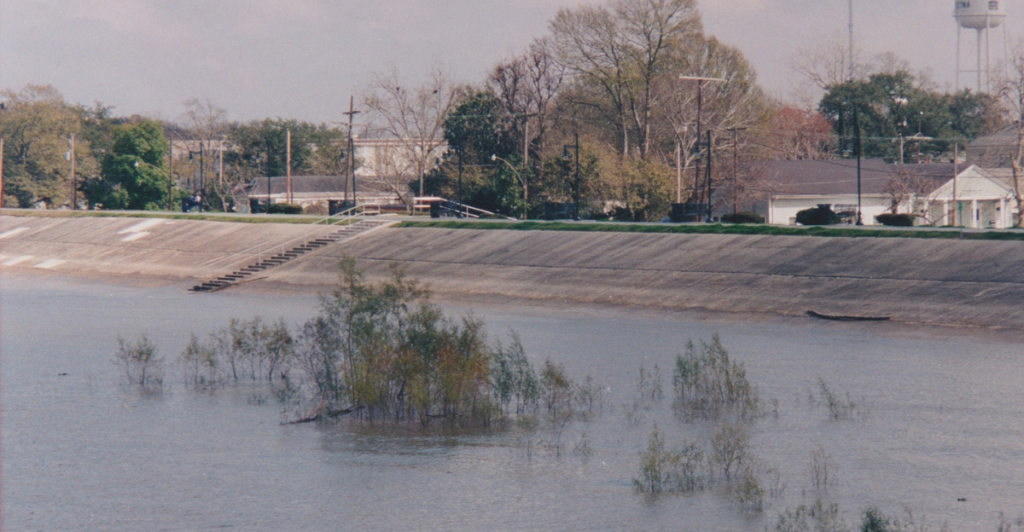
Earthen levees use basic physics: height, mass, and compaction block water. Proper compaction keeps seepage low, while strategic placement redirects flow. The Humphreys built tall and wide—enough to withstand water nearly matching historic records. Their success wasn’t magic—it was thoughtful construction meeting well-known physical laws, guided by instinct and years of watching water move across their fields.
From the 1936 Flood Control Act to Today
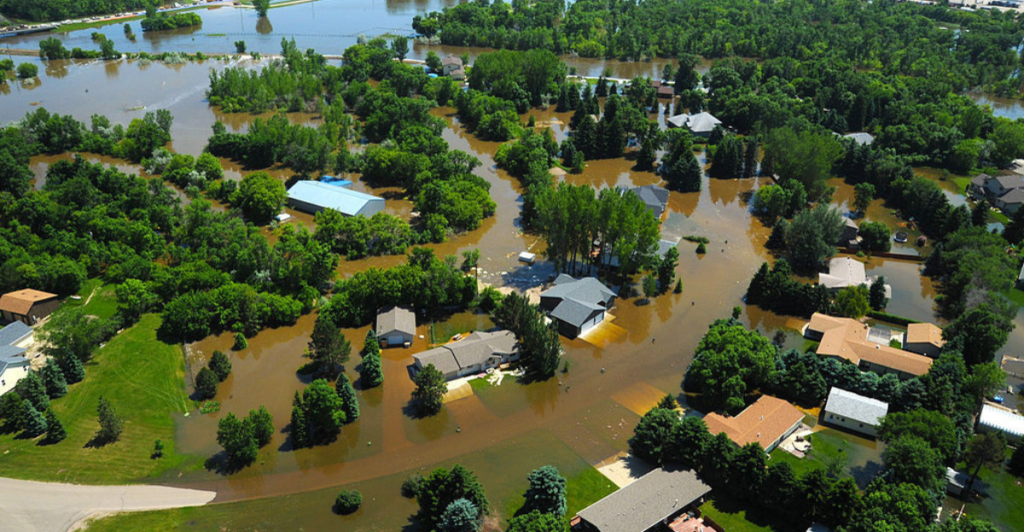
Flood control became a federal priority with the 1936 Flood Control Act, launching a century of dam-building and river management. TVA’s creation soon followed. Billions have since been spent reducing flood risk. But as April’s flood showed, large-scale systems can’t do it all—especially when extreme weather is becoming more frequent. Local efforts are more vital than ever.
The Limits of Centralized Protection
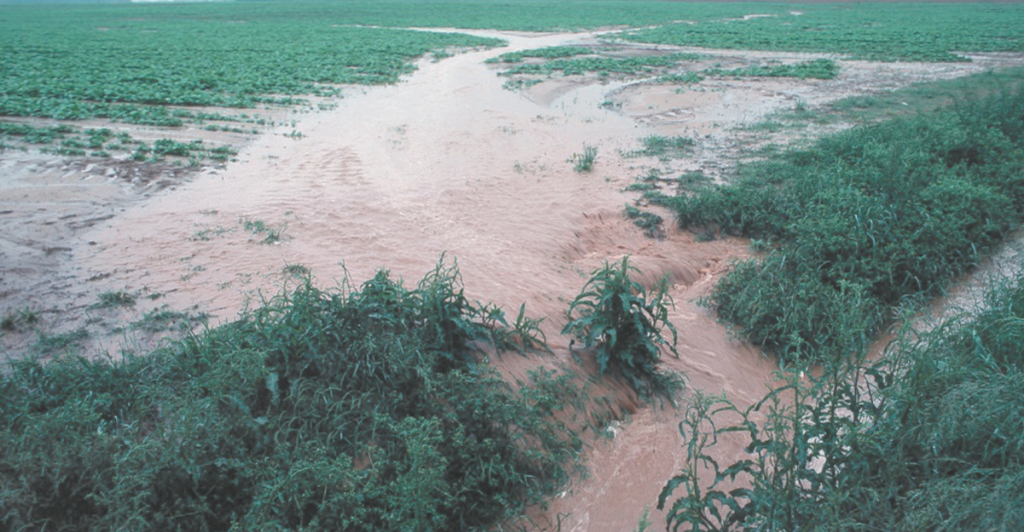
Despite TVA’s best efforts, floodwaters still reached hundreds of homes. Centralized systems can’t anticipate or prevent every scenario, especially in rural or low-priority zones. Similar failures happened during storms along the Duck River. While these systems remain essential, they are no longer sufficient alone. The Humphreys’ experience shows why property-specific protection must also be part of the equation.
Knowing Your Land Intimately Matters
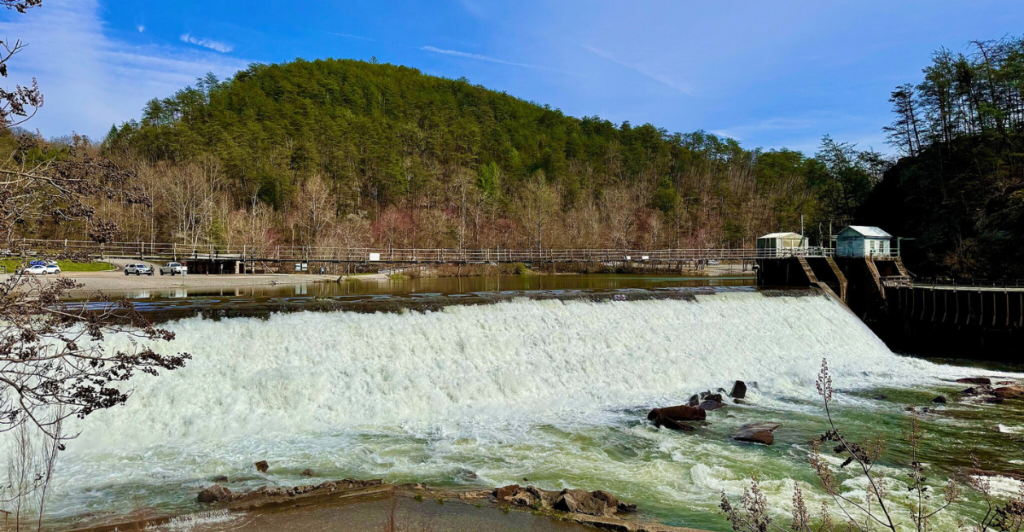
Topography, soil, runoff—these factors make or break flood defenses. The Humphreys’ long relationship with their land allowed them to build smarter. Unlike external engineers relying on maps and data, they used firsthand experience. That deep knowledge let them place their levee precisely, anticipating weak points no computer model could predict. Intuition became their secret weapon.
Taking Control When Nature Threatens
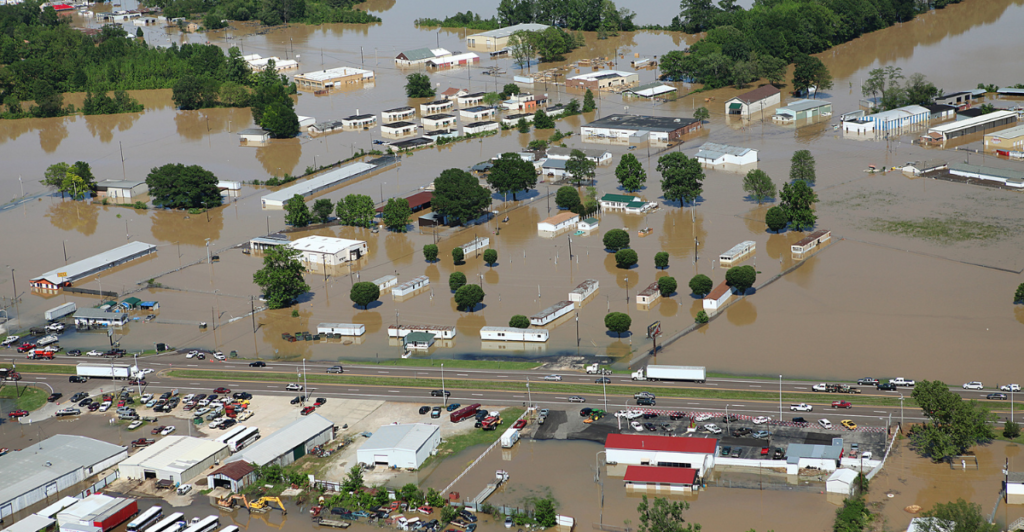
In a crisis, action is power. By building their own levee, the Humphreys reclaimed control over their fate. Psychologists say that feeling of agency helps reduce trauma during disasters. While others waited for rescue, the brothers dug in—literally. Their story is more than flood defense—it’s about mental resilience and refusing to be passive in the face of danger.
The Arkansas Farmer Who Did In 2011
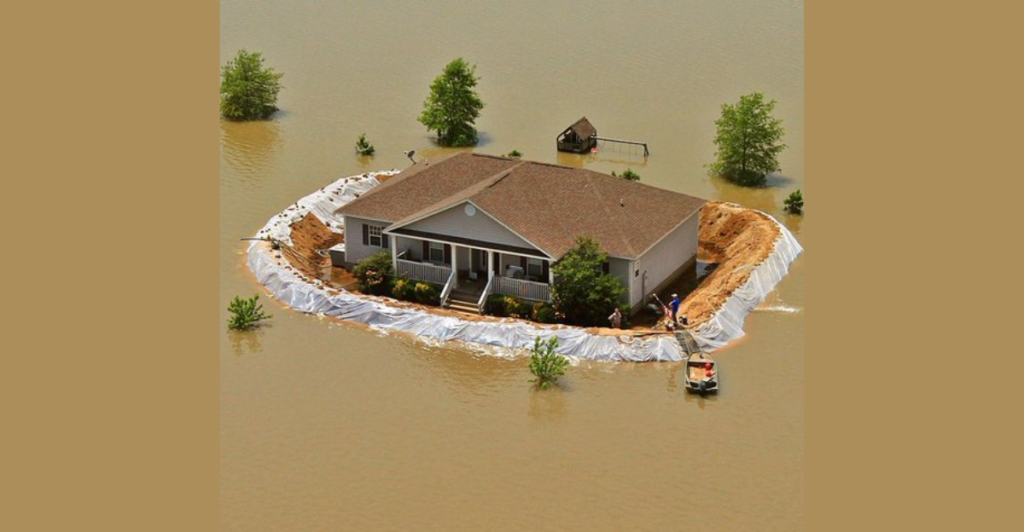
Long before the Humphreys’ levee went viral, an Arkansas farmer made headlines in 2011 for a nearly identical feat. Faced with rising waters from the Mississippi River, he built a homemade levee around his home and barn in Mississippi County. The barrier held firm, keeping his property bone-dry while surrounding land was inundated. Like the Humphreys, his success highlighted how simple, well-placed earthworks can rival multimillion-dollar flood defenses—when backed by grit, knowledge, and urgency.
Living With Water vs. Fighting Against It
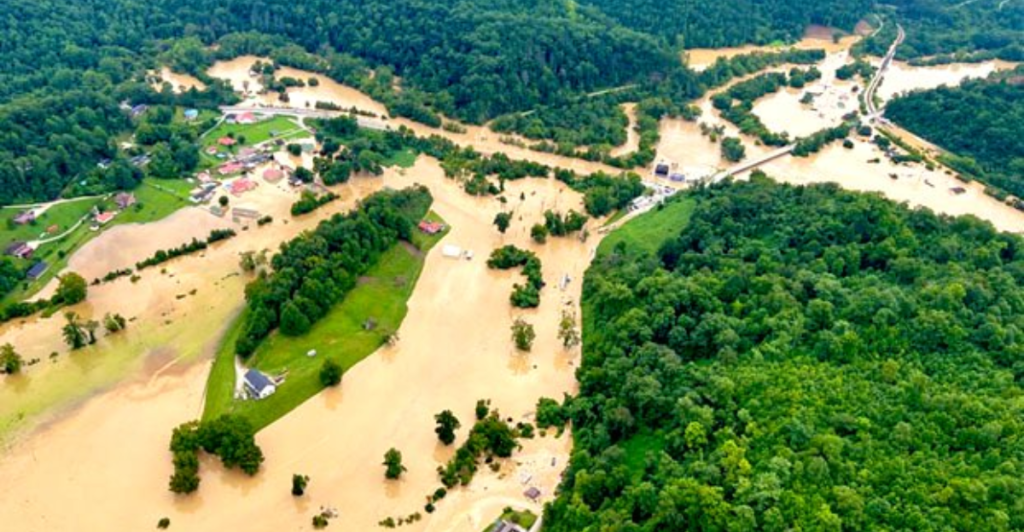
The Humphreys didn’t try to stop the flood. They accepted its inevitability and protected what mattered most. This “live with water” philosophy is gaining traction worldwide. Trying to control entire rivers often leads to downstream consequences. Instead, managing impact at the property level—like the Humphreys did—offers a more adaptable, sustainable way to cope with extreme weather.
What Washington Can Learn From Bogota, Tennessee
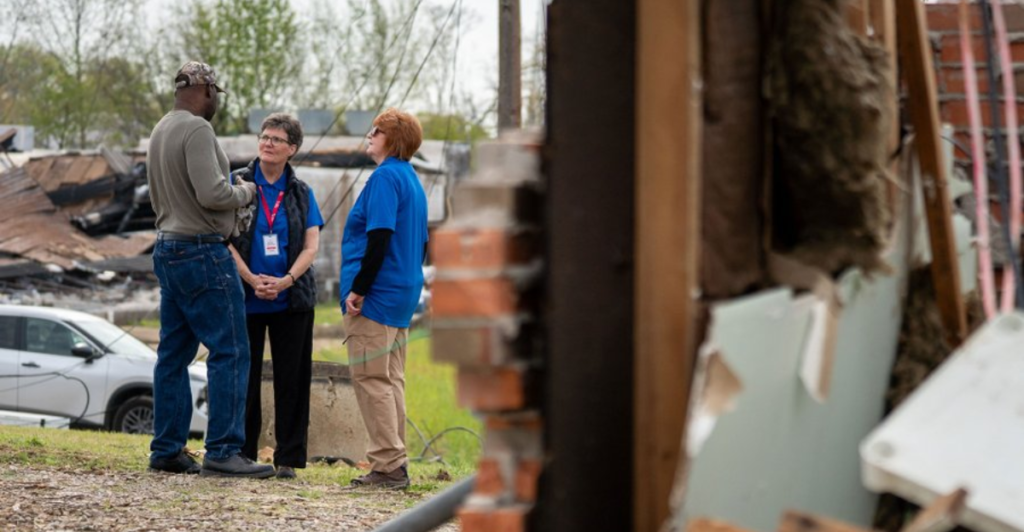
Federal agencies could study the Humphreys’ playbook. Tailored, local solutions—backed by community knowledge—might outperform expensive infrastructure in some contexts. Policies that support homeowner preparedness could reduce FEMA payouts later. Offering training, tool access, and planning guidance would empower rural residents to better protect themselves. Sometimes the smartest move isn’t a billion-dollar project—it’s a neighbor with a backhoe.
Integrating Big Systems With Local Wisdom
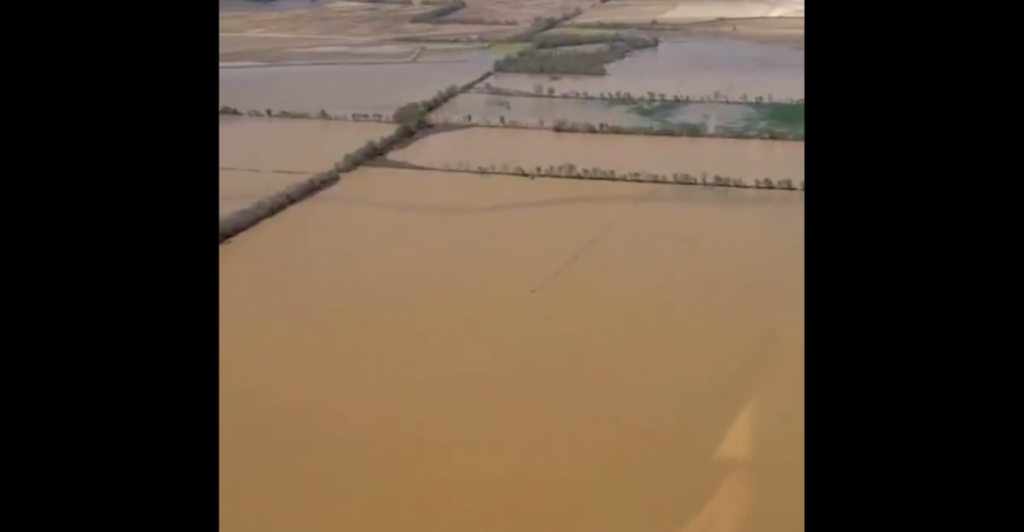
TVA’s role remains crucial, but its strategies could be bolstered by grassroots efforts. Imagine a system where flood alerts trigger not just dam releases, but equipment loans for levee-building. Where local landowners partner with engineers, sharing real-time insights. Hybrid systems—big and small, federal and local—offer a path forward that’s more adaptive and robust than either alone.
Why This Story Resonated Across America
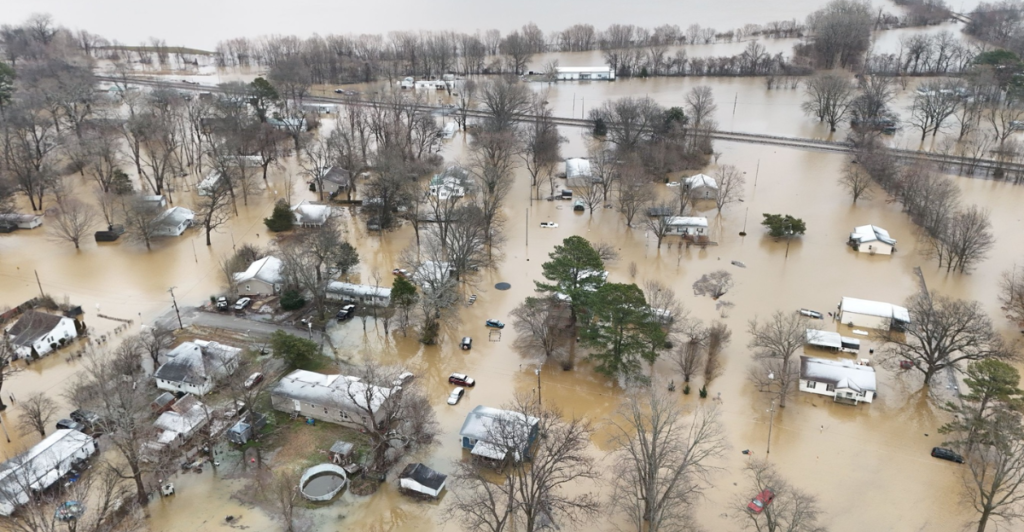
The Humphreys’ story taps into national ideals: independence, ingenuity, family heritage. Their quiet determination contrasts sharply with bureaucratic delays and political finger-pointing. In a polarized world, their actions inspired admiration across lines. They didn’t grandstand—they got to work. That authenticity, and their results, explain why their story didn’t just trend—it struck a nerve.
Not the Only Davids Defeating Goliath Floods
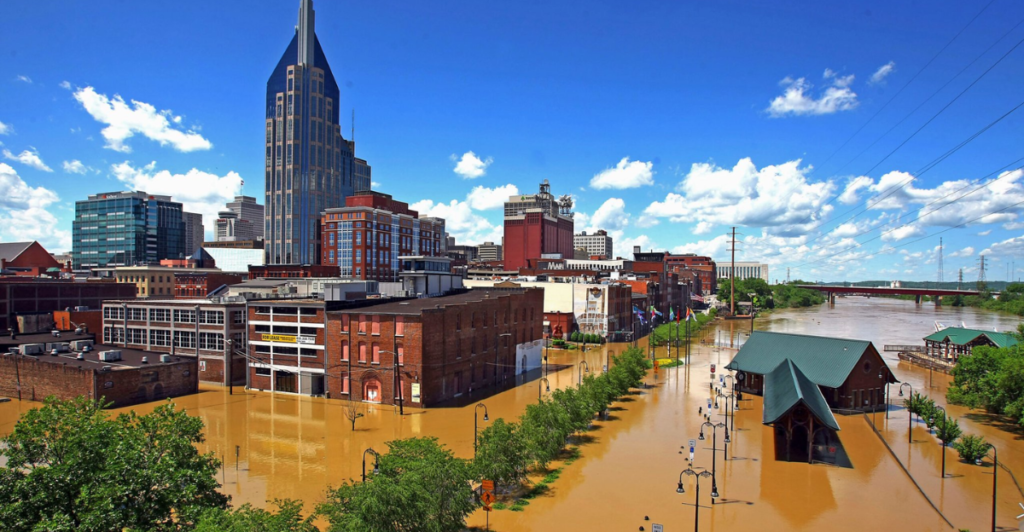
From trapbag walls in Florida to flooded restaurants in Kentucky used as water equalizers, DIY flood defenses are thriving. In Tennessee’s Greene County, collaboration between locals and TVA reps saved lives. Grassroots innovation isn’t rare—it’s underreported. The Humphreys join a growing list of people quietly outsmarting nature using determination, physics, and a few borrowed tools.
Re-evaluating What “Flood Control” Really Means

Is flood control about regional savings—or personal survival? Both matter. The TVA’s broad systems reduce damage on a macro scale, but they can’t touch every home. Meanwhile, the Humphreys showed that ordinary people, with the right tools and knowledge, can create extraordinary defenses. Their story suggests the future of flood control lies not in choosing big or small—but blending both.
Discover more trending stories and Follow us to keep inspiration flowing to your feed!

Craving more home and lifestyle inspiration? Hit Follow to keep the creativity flowing, and let us know your thoughts in the comments below!
